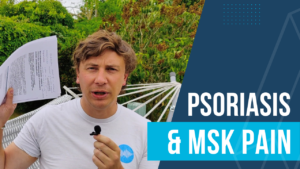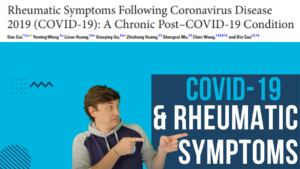Introduction
I don’t think I need to “sell” exercise to anyone with regards to Osteoporosis. There is also a good consensus statement here or a summary of it here. These docs will give you plenty of evidence to convince you if you aren’t already.
I do think we need to deal with specifics though. As clearly not all patients are the same or the docs above would have had a lovely little exercise program you could just hand to everyone. We need to make sure in this particular population we are safe (we don’t want to increase the risk of fracture when we are trying to avoid it!) and we load them sufficiently to help create the change we want to see.
Remember, Osteoporosis is symptomless until a fracture occurs and even some of these don’t present with symptoms.
What Specifics
The consensus statements we read above tell us we should be aiming for “Strong, Steady, Straight” with our Osteoporotic humans. (I am unconvinced by the “straight” part and as a result this will form a separate blog). This in my mind is logical, stronger bones and muscles coupled with a lower likelihood of falling down will reduce risk of fracture. So strength / loading exercises and balance exercises are the order of the day. Really its not much more complex than that.
Think about our populations though, clearly the largest population is the elderly. Normative lowering of Bone Mass Density (BMD) as we age, plus a more sedentary lifestyle, plus the likelihood of co-morbid conditions is a combination of factors that significantly increase risk. Simple loading and balance work will be sufficient for many in this population.
What about low BMD caused by other things though? Cancer, steroids, RED-S (Relative Energy Deficiency in Sport). These are likely to occur in a younger population who are stronger and more active. Simple loading and balance work will be too easy for them and not induce change. Especially the RED-S cohort who may actually require more nutritional input than loading.
Finally where are we loading? Consider the locations most likely to fracture… spinal fractures (Thoracic and Lumbar) are most common but wrist is next, and that still needs loading.
Variations on a theme
Here is my go to program, these are adapted to the individual in front of me and I will leave you to use your brains to manage this for yourselves. I think I will do a video demonstrating various levels and reasoning processes in the near future so you can visualise it too.
“Strong”
Squat and/or deadlift variation – low back and hips
Row variation (e.g. bent over row) – mid back and arms
Push variation (e.g. push up or push press) – upper back and wrists/arms
“Steady”
Some kind of balance challenge (make it fun)
Load
These exercises need to be loaded sufficiently to cause adaptation. Think about the persons day to day tasks and what they can do comfortably. If you pitch at this level its going to be way to easy. Grade the program to begin with especially in novices.
“Activity” is fine, but there has to be a loaded component to the mentioned areas of the body, so walking is going to do nothing for the wrists. By all means load their activities, weight rucksacks and so on.
End
I hope this has been useful, mostly I hope its reassuring that actually this is relatively easy if you consider the individual. I am going to produce some more resources on this subject so please keep an eye out for those!
Get me any feedback you might have so that I can grow and improve.
See you next time!
References
https://theros.org.uk/media/0o5h1l53/ros-strong-steady-straight-quick-guide-february-2019.pdf


